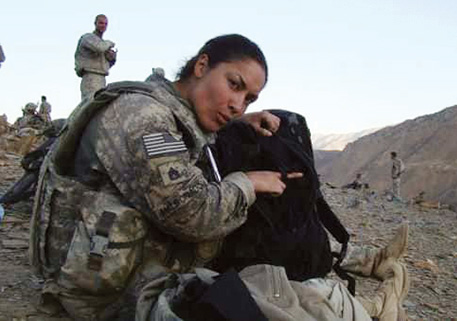What isn’t being said about veterans’ ‘choice’
After three years of crisis and controversy, decisions about how to strengthen and reform the Department of Veterans Affairs health care system need to be made this year. Central to that debate will be designing a system that creates new options for veterans who currently have access challenges while not reducing access or quality for veterans who choose and rely on the VA for most or all of their care. As that debate is taken up by the 115th Congress, DAV continues Operation: Keep the Promise and its Setting the Record Straight campaign to ensure veterans’ voices, particularly those of ill and injured veterans, are heard.
Since the waiting-list scandal at the Phoenix VA medical center exploded in the spring of 2014, the idea of providing veterans with more choice has been at the center of the debate over how to improve veterans health care. However, some politicians and partisan interest groups seem more interested in providing veterans with “choice” than the best possible health care outcomes.
Unfortunately, the frequent use of the term “choice”—without any clear definition or specifics—has added to the complexity and confusion of this debate. To help clarify matters, DAV recently launched a new video, “Putting Choice in Context,” along with accompanying social media and grassroots efforts, to educate veterans and policymakers about what choice could really mean.
For example, some people have said that choice would allow veterans to pick their own doctors. But since many doctors don’t accept choice payment rates, relying on choice could leave veterans without the ability to find a qualified physician. Some have claimed that providing all veterans with choice would lead to better quality health care. However, independent studies by RAND Corp. and others have consistently shown that the VA already provides equal or better care than the private sector and that choice will lead to more fragmented care, which correlates with worse health outcomes.
Finally, some say that choice will increase access for veterans, but for millions of veterans the opposite would be true. If choice expands and moves more veterans to the private sector, the VA would be forced to close some hospitals and clinics and curtail medical services in others, meaning less access and less choice for the millions of veterans who rely on the VA for most or all of their care. Further, the private sector is not capable of handling a large influx of veterans and often lacks the level of specialized care required by service-connected veterans.
Learn More Online
To watch “Putting Choice in Context,” visit dav.org/settingtherecordstraight.
Visit rand.org/pubs/research_reports/RR1165z4.html to download the RAND Corp. report that summarizes three assessments conducted under the Veterans Choice Act.






